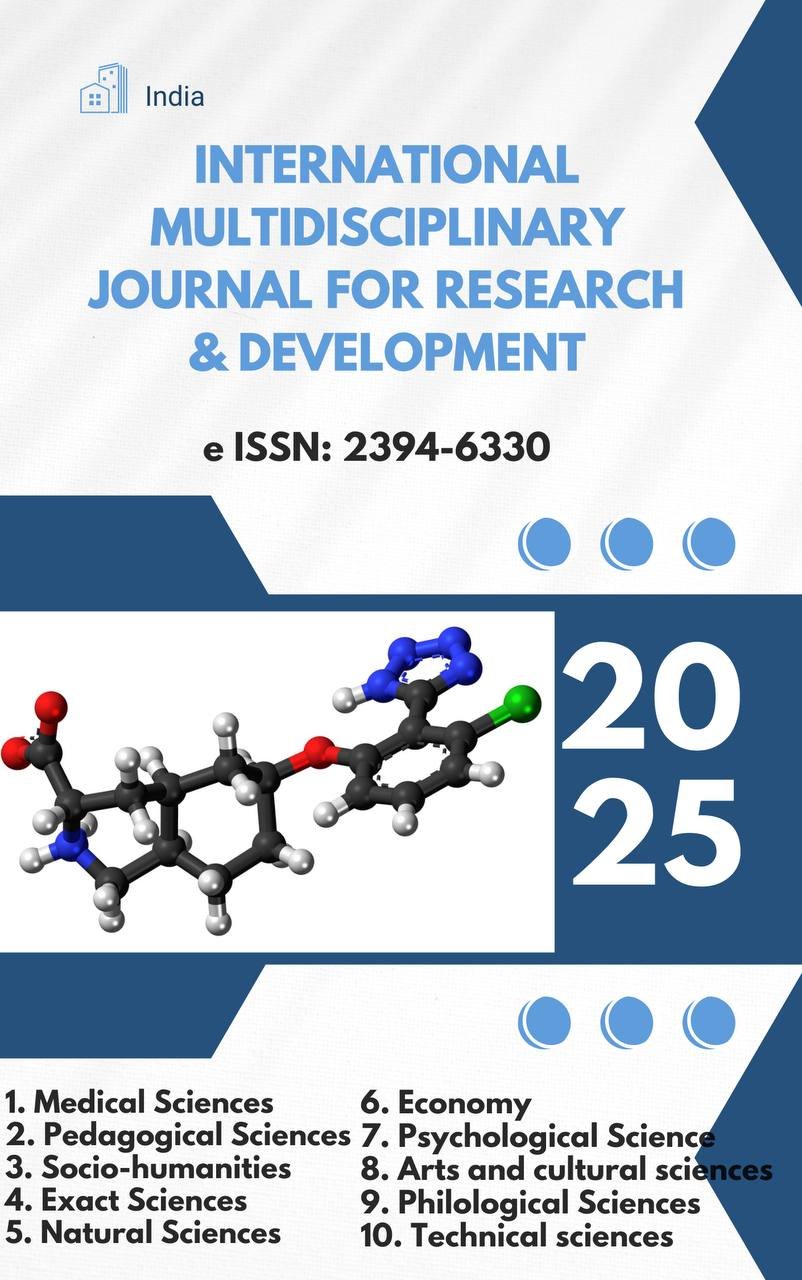GENERAL INFORMATION ABOUT THE LEGUME FAMILY (FABACEAE)

Abstract
This article discusses the general morphological, ecological, and phylogenetic characteristics of the legume (Fabaceae) family. Fabaceae is a large family of plants with diverse forms and species distributed worldwide. It includes trees, shrubs, subshrubs, and herbaceous plants. Their leaves are often compound, palmate or pinnate, and the flowers are bisexual and zygomorphic. The article analyzes the division of the Fabaceae family into three main subfamilies — Mimosoideae, Caesalpinioideae, and Faboideae — as well as the morphology of their flowers, pollination features, and biological diversity. It also provides information on the ecological significance of family representatives, their role in human nutrition, and their place in molecular-based phylogenetic studies. The distribution of this family in tropical, subtropical, and temperate zones of the Earth and its evolutionary connection to related families is also reviewed.
Keywords
Fabaceae, legumes, Faboideae, Mimosoideae, Caesalpinioideae, zygomorphic flower, leguminous plants, phylogeny, morphology, agrobiodiversity, plant systematics, pollination, nutritional value, molecular taxonomy.
References
- Karimov, K., & Nurmatov, T. (2019). Plant Systematics. Tashkent: “Fan va texnologiya” Publishing House.
- Tursunov, I. (2018). Fundamentals of Botany and Plant Diversity. Samarkand: “Samarkand University Press”.
- Judd, W. S., Campbell, C. S., Kellogg, E. A., Stevens, P. F., & Donoghue, M. J. (2016). Plant Systematics: A Phylogenetic Approach (4th ed.). Sunderland, MA: Sinauer Associates.
- Lewis, G., Schrire, B., Mackinder, B., & Lock, M. (Eds.). (2005). Legumes of the World. Royal Botanic Gardens, Kew.
- Mabberley, D. J. (2017). Mabberley’s Plant-book: A Portable Dictionary of Plants, their Classification and Uses (4th ed.). Cambridge University Press.
- Simpson, M. G. (2010). Plant Systematics (2nd ed.). Elsevier Academic Press.
- Soltis, D. E., Soltis, P. S., & Chase, M. W. (2000). Angiosperm Phylogeny Inferred from Multiple Genes as a Tool for Comparative Biology. Nature, 402, 402–404.
- The Plant List (2013). A Working List of All Plant Species. Retrieved from http:
- Stevens, P. F. (2001 onwards). Angiosperm Phylogeny Website. Version 14, July 2017. Retrieved from http://www.mobot.org/MOBOT/research/APweb/
- Qodirov, A., & Matyakubov, A. (2002). O‘zbekiston florasi va uning boyligi. Toshkent: “O‘zbekiston”.